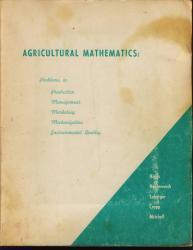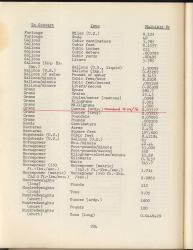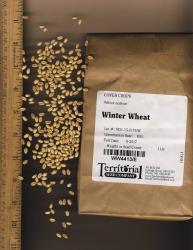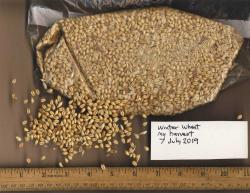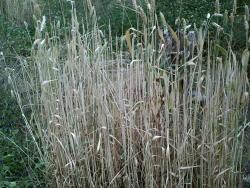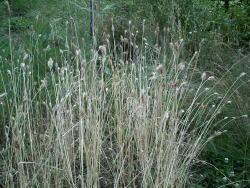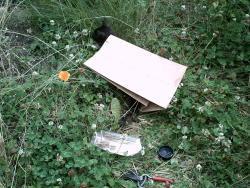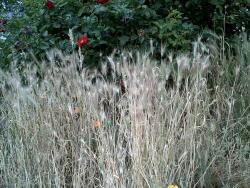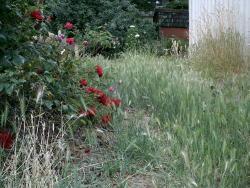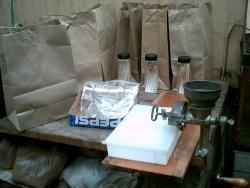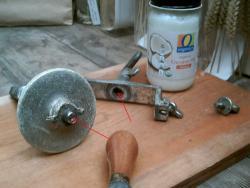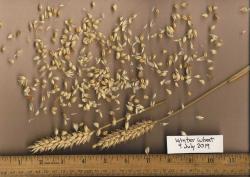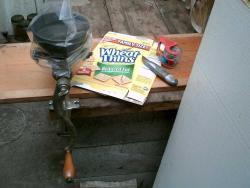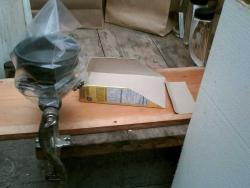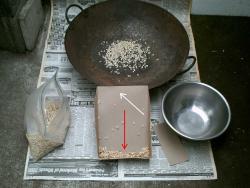From my NOTES :
Winter Wheat
Territorial Seed Co.
WW4413/E
sown 1 NOV 2018 (small patch)
1" sprouts 14 NOV 2018
_________________
DATA
[ weight measurements made with an OHAUS TRIPLE BEAM BALANCE scale, which weighs only in GRAMS ]
weight of remaining Territorial Winter Wheat (not sown) = 490.0 gm (which means that Territorial gave me more than 1 pound)
Note that the Territorial bag gives weight as 1 LB (not in grams)
VOLUME measurement of winnowed Winter Wheat is exactly 2 level cups (500 ml)
_________________
METRIC conversion:
1 cup = 250 ml
2 cups = 500 ml
_________________
size of my plot of Winter Wheat :
3 ft. x 1 ft. 4" (36 inches by 16 inches)
conversions:
[4 inches = approx. .34 feet, or ⅓ of a foot]
3 x 1.34 ft. = approx. 4 square feet
1 acre = 43,560 square feet
weight of winnowed wheat shown in scan labeled "Winter Wheat my harvest 7 July 2019"
306.5 gm (10.8 ounces)
Note that this represents only a portion of the wheat grown in the plot - the rest (about half) was left uncut since it was not quite mature yet.
_________________
WEIGHTS & MEASUREMENTS conversions
Avoirdupois (U.S.) weight (common measurement)
(avdp.)
1 pound = 16 ounces
To convert grams into ounces (avdp.) Multiply by 0.03527
To convert ounces into grams (avdp.) Multiply by 28.35 *
(* rounded up)
how many grams = 1 pound ?
16 (oz.) x 28.35 (gm) = 453.6 gm (approx.)
_________________
